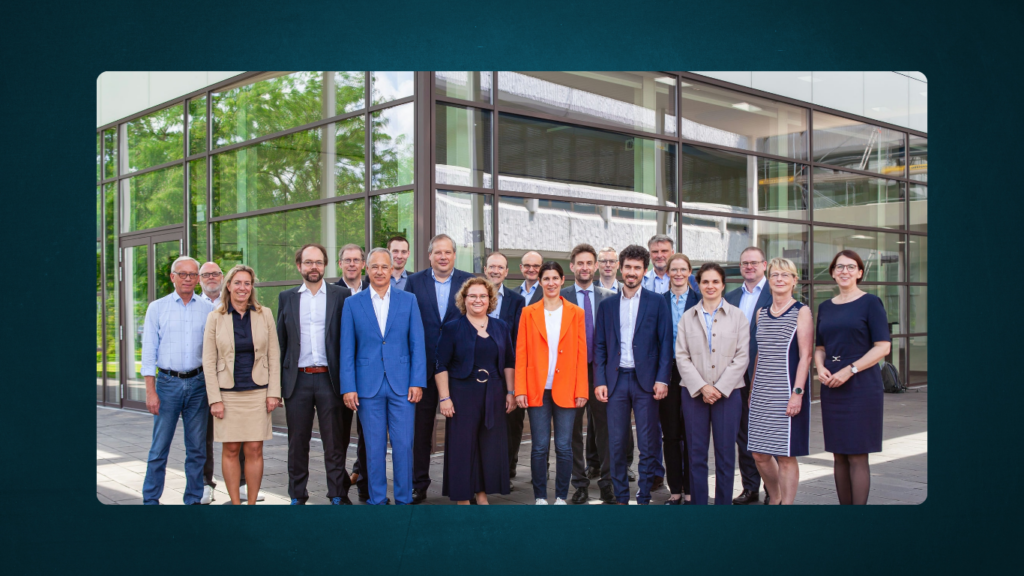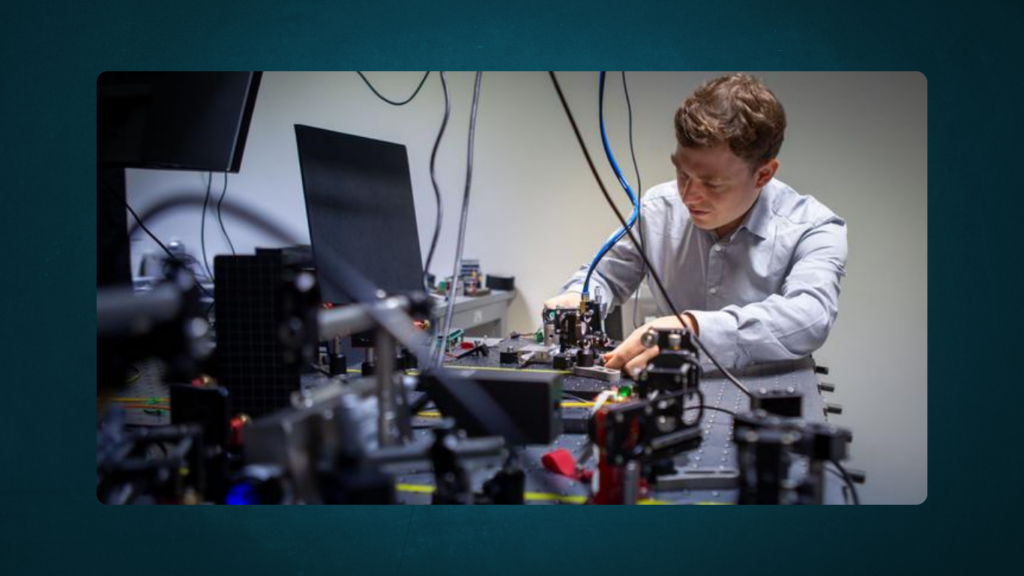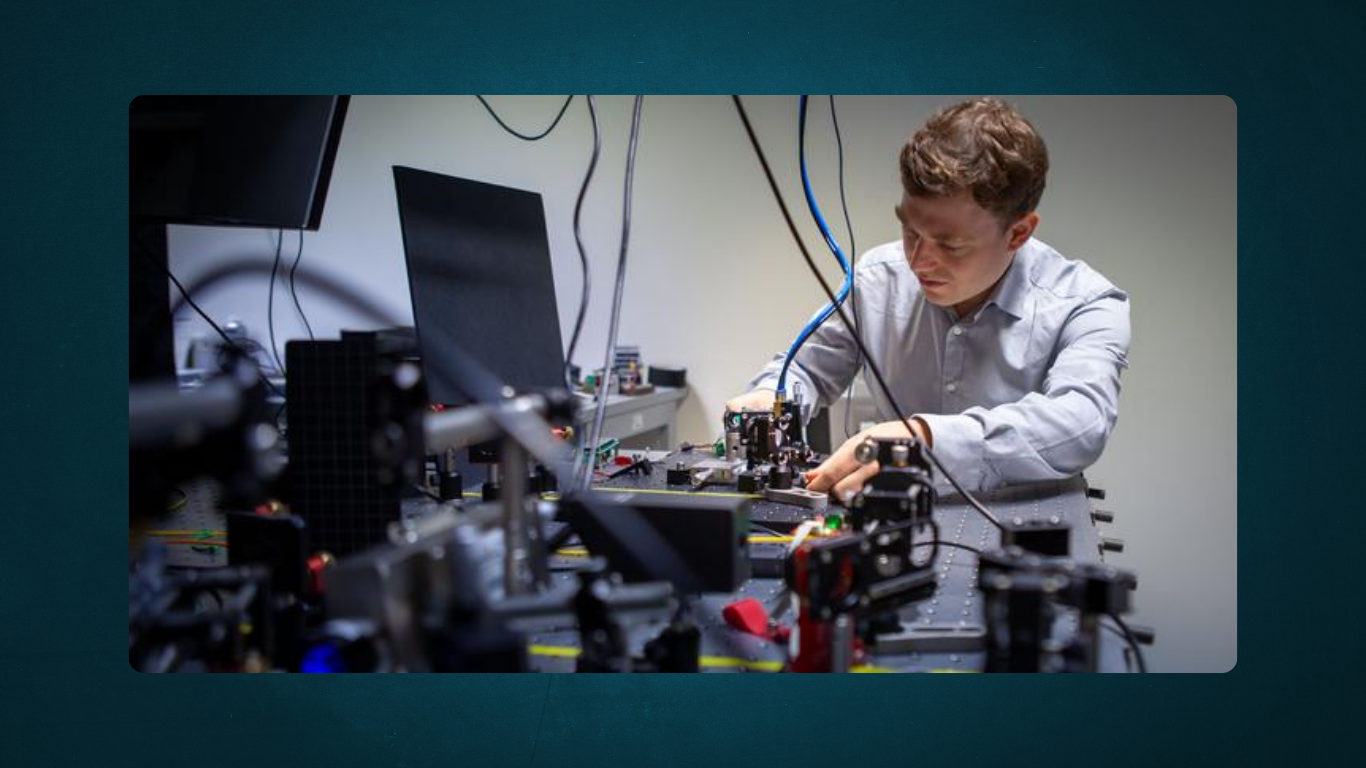Detecting minute magnetic fields, like those generated by brain waves, could open up new frontiers in medical diagnostics and treatment. At the forefront of this research is a team led by Dr. Jan Jeske at Fraunhofer IAF (Fraunhofer Institute for Applied Solid State Physics). They are pioneering a novel method called Laser Threshold Magnetometry (LTM), which aims to offer highly precise magnetic field measurements.

Their recent success involves combining an NV diamond (nitrogen-vacancy center) with a laser diode inside a resonator, creating a sensor system with two active media for the very first time. This breakthrough, reported in Science Advances, is a significant development in the NeuroQ project, which is funded by the German Federal Ministry of Education and Research (BMBF).
The Science Behind LTM and NV Centers
The basic idea of Laser Threshold Magnetometry (LTM) has been thoroughly explored in theoretical studies, but bringing it to life has been the main focus of Fraunhofer IAF researchers. The aim is to create a laser using NV centers in diamond, which will respond to magnetic fields. The laser’s reaction to these fields will provide precise data on the strength and direction of the magnetic field.
What sets LTM apart is its ability to detect extremely weak magnetic fields, even in the femtotesla and picotesla ranges. Unlike existing methods, LTM can do this across a wide dynamic range without needing to suppress background noise, making it especially useful for medical applications, like detecting biomagnetic signals from the brain (EEG) or heart (ECG).
Quantum Sensors and Their Role in Precision
Quantum sensors that use NV centers are already widely known for their ability to measure magnetic fields precisely at room temperature. However, the introduction of Laser Threshold Magnetometry represents a leap forward, with the potential to measure even weaker magnetic fields.

The concept of a “laser threshold” is key to LTM. The laser threshold is the point at which the laser either starts or stops emitting light. Magnetic fields near this threshold can significantly impact the signal, allowing for highly precise measurements. These laser-based signals are far more accurate than those produced by traditional fluorescence methods and offer a much broader dynamic range.
In 2022, the Fraunhofer IAF team demonstrated the first magnetic field-dependent light amplification using NV centers. However, they weren’t able to fully realize the laser threshold at the time because of their reliance on an external laser source.
Achieving the Laser Threshold: A Key Milestone
Recently, researchers combined NV diamonds with a second laser medium—a laser diode—within an optical resonator, successfully demonstrating the laser threshold for the first time. By adjusting how strongly the NV centers were pumped, they could switch the laser system on or off based on the magnetic field strength.
“This achievement is a major step forward in developing laser threshold magnetometry. It paves the way for sensors with up to 100 percent contrast, powerful light signals, and the ability to measure a wide range of magnetic field strengths,” said Dr. Jan Jeske, who specializes in quantum sensor technology at Fraunhofer IAF.
NeuroQ Project: A Vision for the Future
This breakthrough is a key achievement for the NeuroQ project, an initiative funded by the BMBF. The project is focused on developing laser threshold magnetometers for neural communication interfaces, and the team is now working on improving the sensitivity of the NV diamond laser system, which is currently in the patent process.
The NeuroQ consortium, which includes partners like Fraunhofer IAF, Charité – Universitätsmedizin Berlin, and the University of Stuttgart, is developing quantum sensors for highly precise medical applications. These sensors will eventually be able to detect neuronal activity and relay signals to an exoskeleton via a brain-computer interface (BCI). The goal is to allow paralyzed individuals to control an exoskeleton with their thoughts, giving them a path to regain mobility.
Medical Applications of LTM
The future potential of Laser Threshold Magnetometry in the medical field is vast. It offers a highly precise and non-invasive way to monitor brain activity, heart rhythms, and other biomagnetic signals. As LTM technology continues to be refined, particularly under the NeuroQ project, it may soon be a cornerstone in advancing diagnostic techniques for neurological and cardiac conditions.
In conclusion, the work being done by Dr. Jeske’s team at Fraunhofer IAF represents a major leap forward in magnetic field detection technology, with exciting possibilities for both quantum research and medical applications.

Subtly charming pop culture geek. Amateur analyst. Freelance tv buff. Coffee lover
